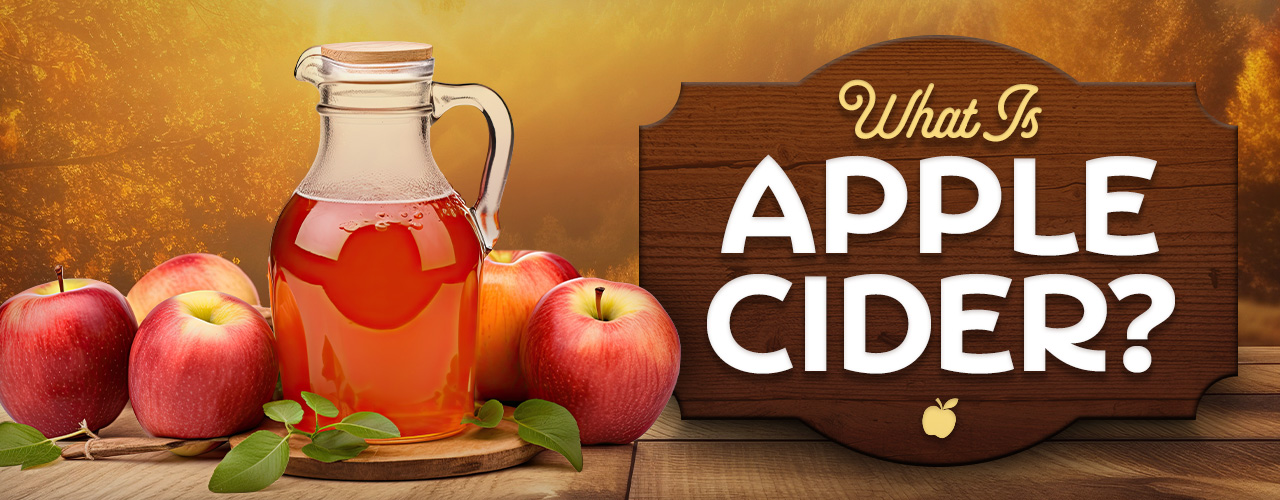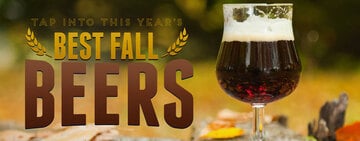What Is Apple Cider?
Apple cider is a refreshing beverage made from the juice of fresh apples. It's typically unfiltered and may contain small particles of apple pulp. This gives it a slightly cloudy appearance and a richer, more robust flavor than traditional fruit juice. Apple cider is a versatile beverage you can integrate into your menu in a variety of ways. While delicious cold, you can turn apple cider into a warming and comforting drink by heating it on the stove and adding a sprinkle of your favorite type of cinnamon. You can also use it to make holiday-themed cocktails. Below, we’ve provided a few important facts about the classic beverage, including how to make your own apple cider and what types of apples work best.
Shop All Apple CiderApple Cider vs Apple Juice
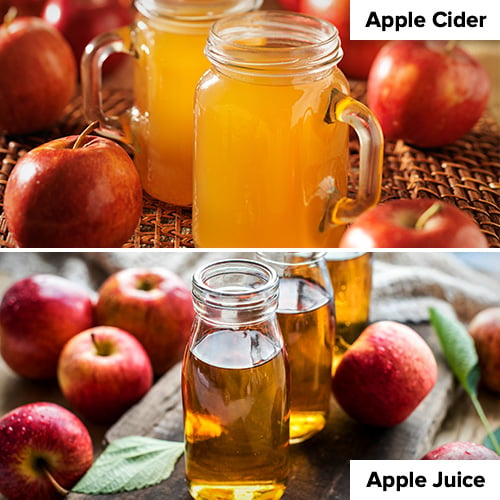
Both apple cider and apple juice are made from ripe apples, but the key difference comes in the filtration and bottling process. Apple juice is always filtered to remove pulp and sediment from the raw juice, whereas some apple ciders are served straight with pulp and sediment.
As a result, apple juice is typically clear while apple cider may appear cloudy and opaque. Also, apple juice is heated before bottling, which changes its flavor, texture, and color. This also helps to lengthen its shelf life, making it less perishable than apple cider.
How to Make Apple Cider
The process of making apple cider involves pressing fresh apples to extract their juice. The apples are first washed and then crushed to release the juice. The juice is then strained to remove any solids, but it is not filtered, so it retains its natural cloudiness. Some cider producers pasteurize their cider to extend its shelf life, while others prefer to keep it unpasteurized for a more natural taste. Follow the steps below to make your own apple cider. Apple cider should be consumed within a few days of making it and stored in the refrigerator.
- Wash Apples - For food safety reasons, wash the apples thoroughly.
- Mash Apples - Once they've been washed, mash and grind the apples until they reach the consistency of applesauce. You can leave the skin, core, and stems on during this process, but you may need to filter out large pieces of sediment later if you do.
- Press Apples - After mashing the apples into a pulp, press them. This can be done using a manual press for smaller portions, or with a hydraulic press if you’re making apple cider in bulk.
- Filter Pulp - The juice that you extract from the pulp will contain tiny bits of pulp and sediment, which can be filtered out if you prefer. If not, you can drink it as is.
- Customize Cider - Add your preferred sweeteners and spices to the drink. If you’d prefer to drink it straight, that’s fine as well.
How to Make Apple Cider from Apple Juice
While you can’t turn apple juice back into apple cider, it's possible to add the right ingredients to mimic the taste. To make apple juice taste like apple cider, warm it on the stove for about 30 minutes with cinnamon, nutmeg, and clove.
Hot Apple Cider Recipe
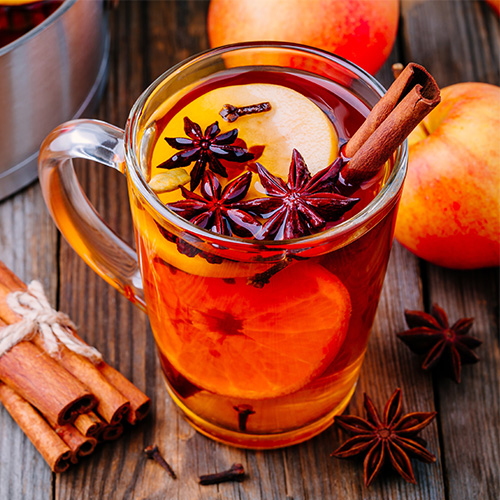

When the temperature drops and the leaves start to change, there's nothing quite like a warm mug of apple cider to cozy up with. This classic fall beverage is a staple at farmers markets, apple orchards, and cozy cafes alike. Use our easy hot apple cider recipe to offer your guests a seasonal fall drink special.
Yield: 12 servings.
Prep Time: 15 minutes
Cook Time: 2 hours
Total Time: 2 hours and 15 minutes
Hot Apple Cider Ingredients
- 10 apples
- 1/2 to 1 cup of sugar
- 4 Tablespoons cinnamon
- 4 Tablespoons allspice
- 16 cups water
- 1/2 cup caramel sauce (to make caramel apple cider)
Directions
- Quarter apples and remove core.
- In a large pot, add apple slices and water.
- Add spices and sugar and bring to simmer over medium heat.
- Cover simmering pot with lid and simmer for two hours.
- Stir mixture and then strain through fine-mesh sieve. Discard solids. Line sieve with cheesecloth and strain again.
- To make caramel apple cider, add 1/2 cup caramel sauce.
- Serve warm.
Best Apples for Cider
The best apples for cider are a combination of different varieties. Carefully blending different types of apples achieves a balance between sweetness and tartness. While traditional apple cider leans to the sweet side, some prefer tart apple cider. For sweet cider, favor Cortland, Golden Delicious, and Gala apples. For a tart cider, McIntosh, Braeburn, and Jonathan are great choices. Create a blend of apples tailored to your desired level of sweetness and acidity by blending the varieties below:
- Jonathan Apples
- Harrison Apples
- Cortland Apples
- McIntosh Apples
- Honeycrisp Apples
- Campfield Apples
- Goldrush Apples
- Gala Apples
Apple Cider FAQ
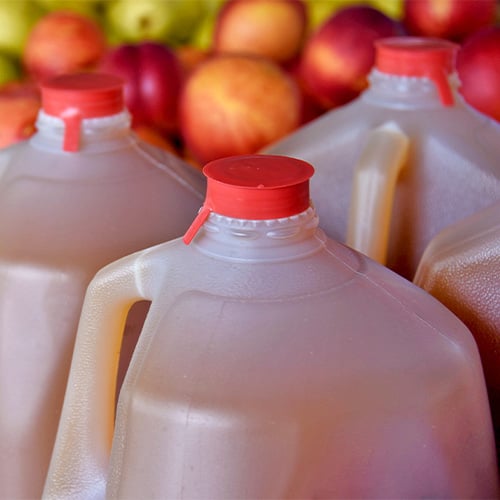
Apple cider is a popular beverage that many people enjoy, especially during fall. But if you're new to the world of apple cider, you may have some questions. In this section, we'll answer some frequently asked questions about apple cider.
Is Apple Cider Alcoholic?
Fresh apple cider doesn't contain alcohol. It's possible for unpasteurized cider to ferment over time and become alcoholic, creating hard apple cider. If you don’t want your cider to become alcoholic, then it’s best to drink it within two weeks of making it.
Apple Cider vs Apple Cider Vinegar
While apple cider and apple cider vinegar both come from apples, their production processes and uses are quite different. Apple cider is a refreshing and delicious beverage made from freshly pressed apples that are typically unfiltered and unpasteurized, giving it a cloudy appearance and a rich, full-bodied flavor. Apple cider vinegar is a type of vinegar that is made from fermented apple cider. Apple cider vinegar is known for its tangy and acidic taste, and chefs commonly use it in cooking and baking.
Do You Drink Apple Cider Hot or Cold?
Apple cider can be served either hot or cold depending on your preferences. If you decide to warm your cider up before serving it, try adding fall flavors to create a unique and warming beverage.
Apple cider is often enjoyed during fall, as it is commonly associated with apple picking and autumn festivities. Whether you like your apple cider hot or cold, filtered or with pulp, plain or with additional flavorings, this classic autumn beverage is an excellent addition to your menu. You can even use apple cider to make beloved apple cider donuts as a seasonal dessert special.
